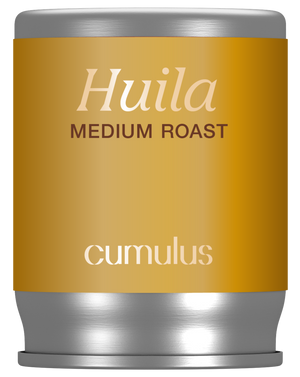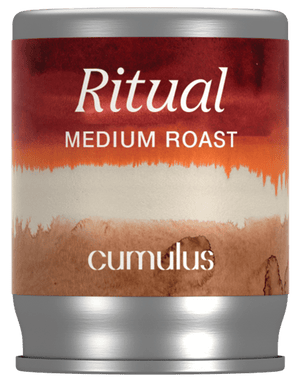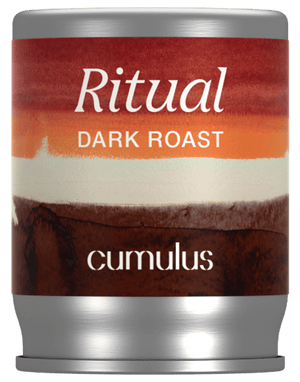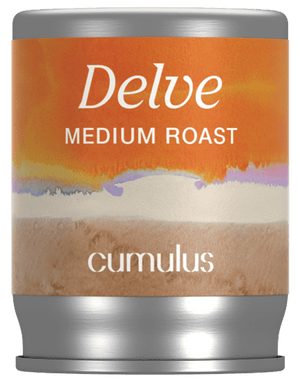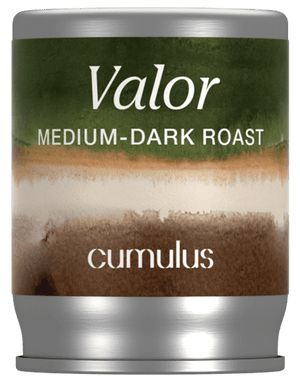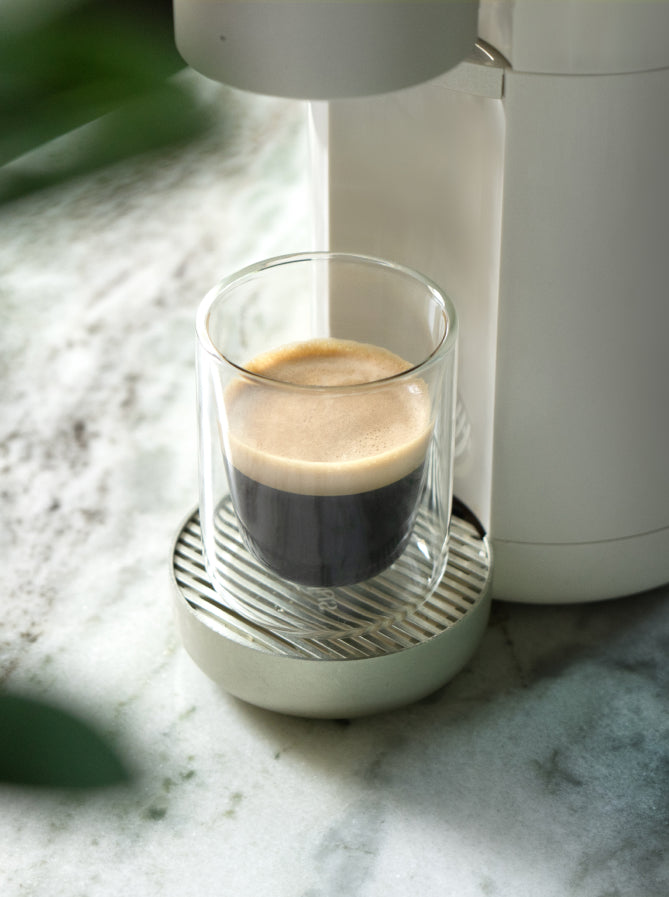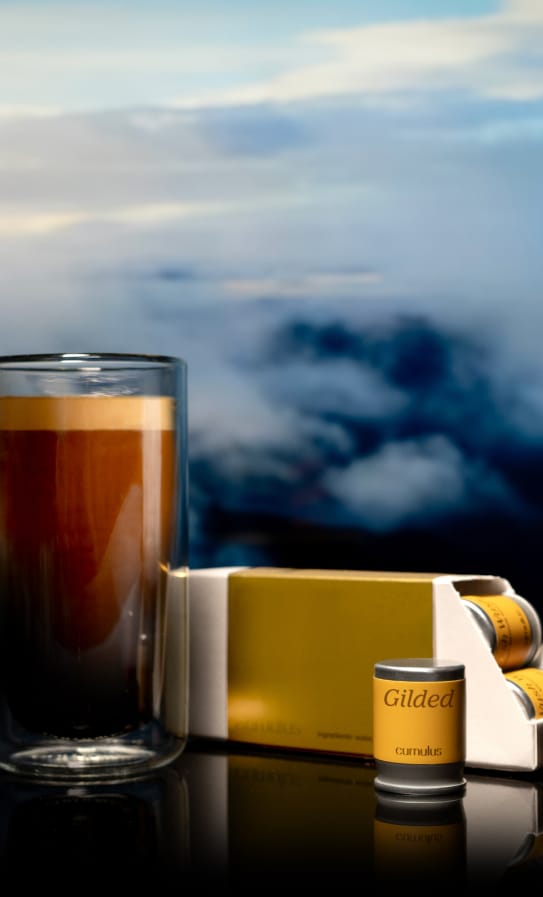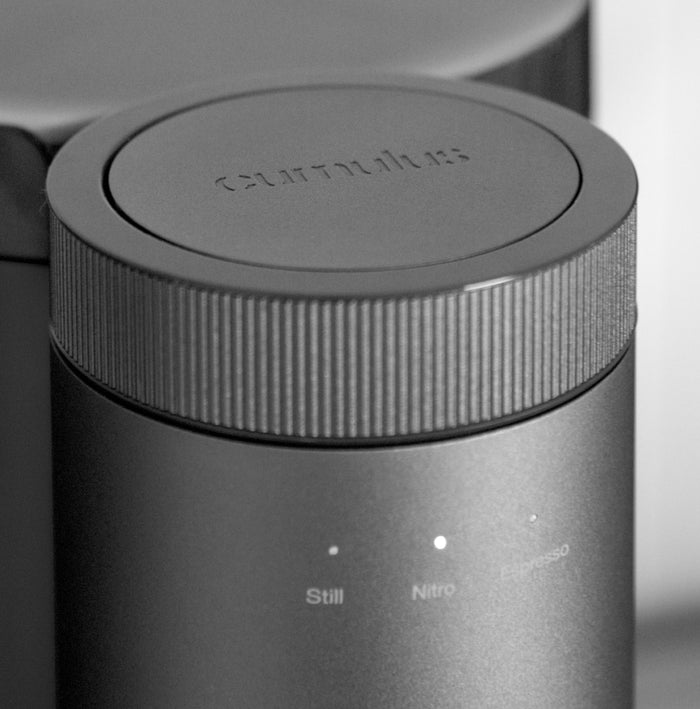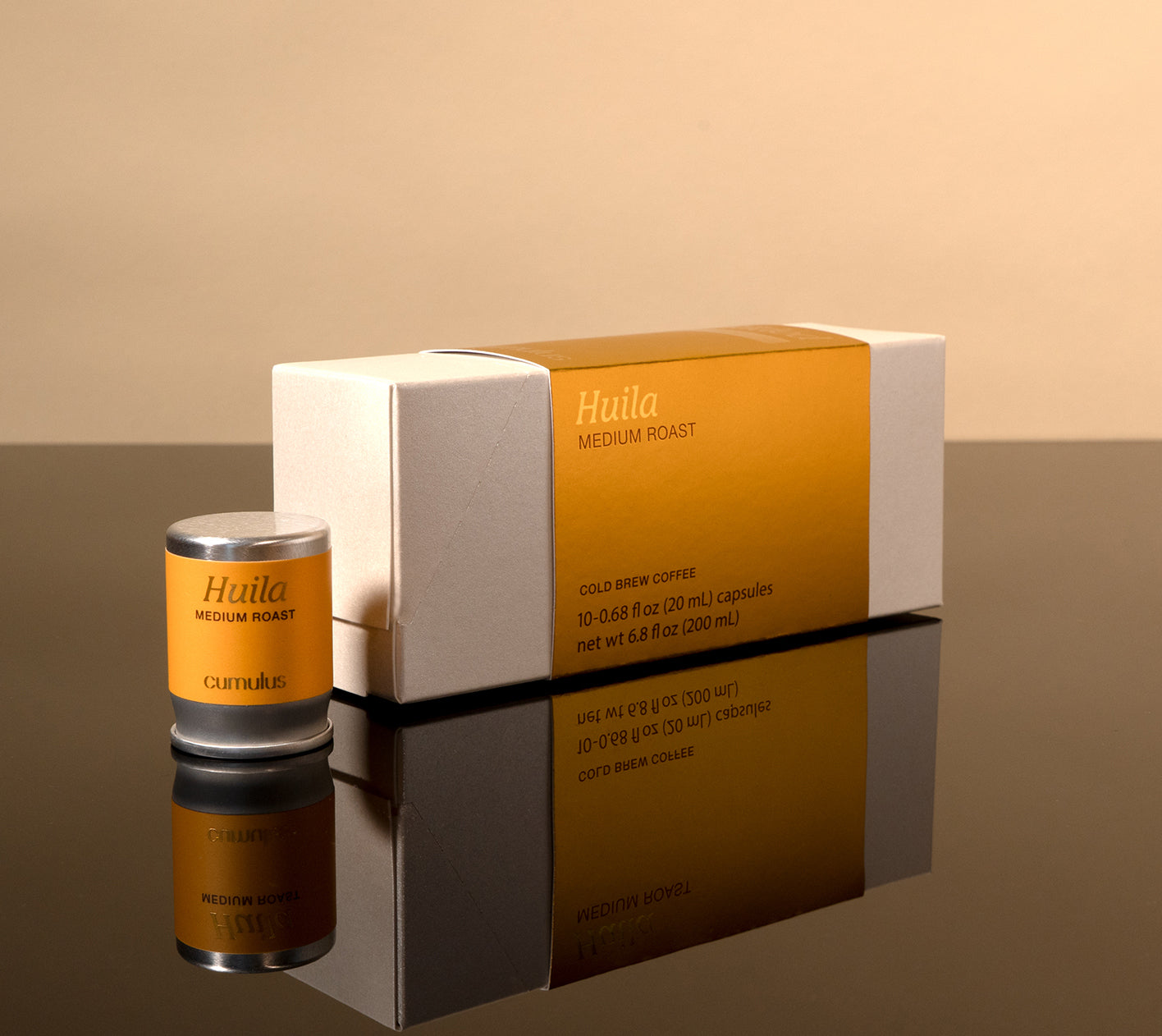Cold Brew Machine vs. Traditional Brewing: Which is Best for You?

Coffee lovers today have more brewing methods available than ever before. Some reach for the comfort of hot coffee made in a drip machine or pour-over setup, while others enjoy the smooth, chilled taste of a cold brew machine. Each approach offers unique strengths, from ritual and warmth to sweetness and smoothness. The question is, which brewing style is right for you?
The Traditional Hot Brewing Process
Traditional brewing methods, such as drip coffee, pour-over, or French press, have stood the test of time for good reason. The process is quick, often just a few minutes from coffee grounds to finished cup. You can control grind size, brew time, and water temperature, allowing you to tailor your drink to your preferences.
The strengths of this approach are its familiarity and comfort. A steaming mug of hot coffee is aromatic and bright, with a lively acidity that showcases the bean’s natural complexity. Many coffee drinkers enjoy the daily ritual of grinding beans, setting up their brewer, and savoring the sensory experience of the brewing process itself.
But traditional brewing has drawbacks. Pouring hot coffee over ice can make it taste watered down, unless you brew directly over ice at a stronger ratio (such as Japanese iced coffee), which preserves flavor while chilling quickly. Depending on the beans and roast, hot brewing can also highlight bitterness, which may not appeal to those who prefer a smoother taste.
The Traditional Cold Brewing Approach
Cold brew has emerged as a popular alternative to traditional brewing. The method is simple: steep coarsely ground coffee beans in cold water at room temperature or in the refrigerator for 12 to 24 hours. Once filtered, the result is a rich concentrate that can be diluted or enjoyed straight over ice.
The appeal of cold brew lies in its flavor profile. By extracting slowly with cold water, cold brew often tastes less acidic and smoother. Chemically, its pH can be similar to hot coffee, but it tends to extract fewer total acidic compounds, one reason many people perceive lower acidity. It also pairs well with milk, syrups, or other flavors, making it a versatile base for everything from a simple iced coffee to a decadent latte. Wouldn’t it be nice if you could enjoy this taste without the wait?
The tradeoff? Time. Traditional cold brew requires long steeping and planning ahead. Because it’s usually prepared in a large batch, it can take up fridge space and sometimes taste inconsistent depending on how it was brewed. For busy mornings or spontaneous cravings, the process can feel inconvenient.
The Cold Brew Machine Advantage
This is where a cold brew coffee maker bridges the gap. Instead of waiting half a day for coffee to steep, it can deliver a drink in under 60 seconds. It’s ideal for coffee lovers with busy lifestyles.
Key benefits of a cold brew coffee maker include:
- Speed: Smooth cold brew in a fraction of the time.
- Consistency: Reliable flavor without guesswork on ratios or brew times.
- Single-Serve Brewing: Brew one cup at a time rather than storing large batches in the fridge.
- Flexibility: Perfect for households where each person prefers a different style of coffee.
Comparing Flavor and Versatility
After looking at the advantages of cold brew machines, how do they compare with traditional brewing? Traditional hot coffee brewing emphasizes brightness, acidity, and complexity. It’s excellent for highlighting lighter roasts and feels comforting on a cold morning. But it isn’t always ideal for chilled drinks, since dilution from ice alters the flavor balance.
Cold brew, especially when made with a dedicated machine, leans in the opposite direction. It’s naturally smoother, sweeter, and easier to drink, even without cream or sugar. A cold brew machine can also expand your options far beyond what a traditional hot or cold brew can achieve: from creamy nitro cold brews with cascading foam to iced coffee lattes and even coffee cocktails.
Choosing the Right Brewing Method for You
Ultimately, the choice between traditional brewing and cold brew comes down to your preferences and lifestyle.
- Traditional Brewing: If you love the ritual of grinding, brewing, and sipping a hot coffee to start your day, traditional brewing may always have a place in your kitchen.
- Cold Brew: If you want a drink that’s smooth, less acidic, and perfect for iced coffee, cold brew is the better match.
- Cold Brew Machine: If you want that smoothness with the added benefits of speed, convenience, and consistency, investing in a cold brew coffee maker may be the smartest move.
The Best of Both Worlds
Both traditional brewing and cold brew have their merits, but for coffee drinkers who crave a smoother, café-level experience without the wait, a cold brew machine is the clear winner. It delivers the sweetness and balance of long-steeped coffee without the inconvenience, while opening the door to drinks that traditional brewing can’t match.
Modern machines even take it further. With features like nitro infusion, cold espresso settings, and single-serve capsules, they bring versatility and innovation into your daily routine. Among them, the Cumulus Machine stands out. It delivers cold brew, nitro, and espresso in seconds, offering everything you love about both brewing worlds without the drawbacks.
Ready to rethink cold coffee?
The Cumulus system brings together precision engineering and café-level craft in every pour. Explore our signature machine and capsule collection to discover a colder, smoother way to enjoy coffee at its finest.
